Tyvek or Felt Paper for Brick
sirraf69
10 years ago
Featured Answer
Comments (20)
robin0919
10 years agosirraf69
10 years agoRelated Professionals
Anchorage Architects & Building Designers · Clive Architects & Building Designers · Memphis Architects & Building Designers · Oakley Architects & Building Designers · Providence Architects & Building Designers · Glassmanor Design-Build Firms · Cliffside Park Home Builders · Vista Park Home Builders · Galena Park General Contractors · Athens General Contractors · Country Club Hills General Contractors · Parma General Contractors · Rossmoor General Contractors · Saint Andrews General Contractors · Stoughton General Contractorsrollie
10 years agoBrian_Knight
10 years agosirraf69
10 years agojenniekehr
10 years agosirraf69
10 years agorenovator8
10 years agoworthy
10 years agorenovator8
10 years agosirraf69
10 years agoBrian_Knight
10 years agoworthy
10 years agosirraf69
10 years agoworthy
10 years agosirraf69
10 years agobsboston
9 years agomillworkman
9 years agojenniekehr
9 years ago
Related Stories
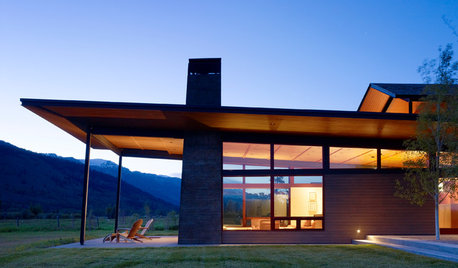
EXTERIORSSkip the Brick for a Statement-Making Chimney
Clad your chimney in metal, concrete or masonry for a dynamic architectural element and a most contemporary design
Full Story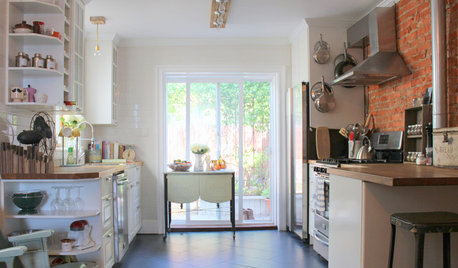
HOUZZ TOURSMy Houzz: DIY Efforts Transform a South Philly Row House
Elbow grease and creative thinking take an early-1900s home in Pennsylvania into the realm of knockout style
Full Story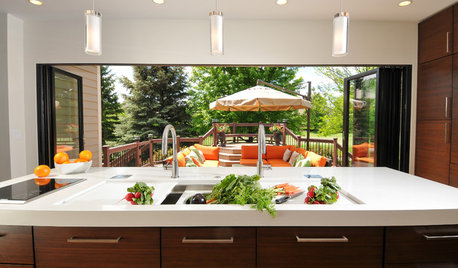
KITCHEN DESIGNKitchen of the Week: Traditional Kitchen Opens Up for a Fresh Look
A glass wall system, a multifunctional island and contemporary finishes update a family’s Illinois kitchen
Full Story
MATERIALSRaw Materials Revealed: Drywall Basics
Learn about the different sizes and types of this construction material for walls, plus which kinds work best for which rooms
Full Story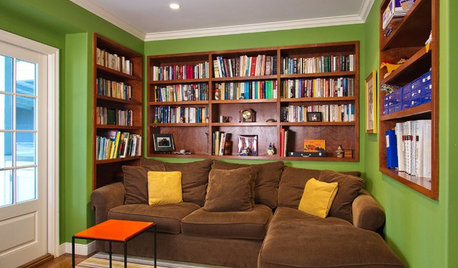
INSIDE HOUZZDecorating Trends: A New Houzz Survey Shows What Homeowners Want
Is the TV gaining or losing ground? Are women or men trendier? Find out and learn more about people’s decorating plans right here
Full Story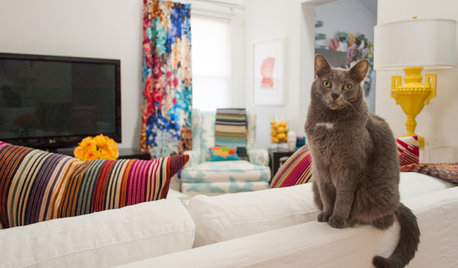
HOUZZ TOURSMy Houzz: Colors and Patterns Energize a 1950s Ranch
Bright fabrics and artwork against white walls create a cheerful vibe in an airy Texas rambler
Full Story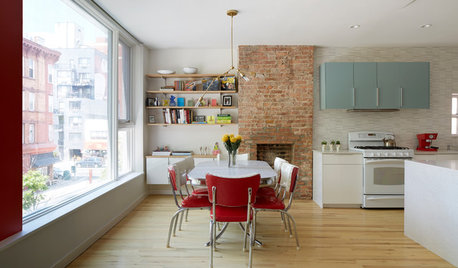
TOWNHOUSESHouzz Tour: Color and Light Transform a Brooklyn Townhouse
Bright red and robin’s egg blue accents set off white walls and wood floors in this bright New York family home
Full Story
ARCHITECTURETell a Story With Design for a More Meaningful Home
Go beyond a home's bones to find the narrative at its heart, for a more rewarding experience
Full Story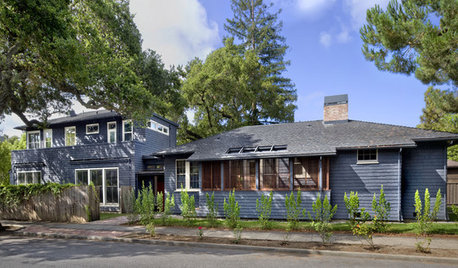
ARCHITECTUREStyle Divide: How to Treat Additions to Old Homes?
One side says re-create the past; the other wants unabashedly modern. Weigh in on additions style here
Full Story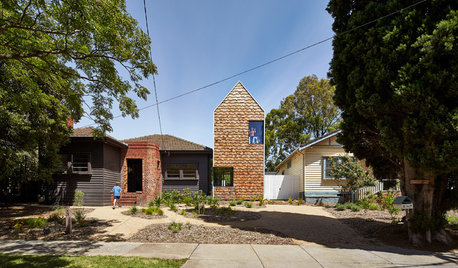
MOST POPULARHouzz Tour: A Playful Home Drawn Up by 8-Year-Old Twins
Plans for this innovative tower home in Melbourne were going nowhere — until the homeowners’ twins came to the rescue
Full StoryMore Discussions






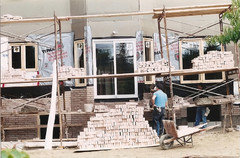

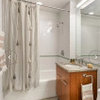

renovator8